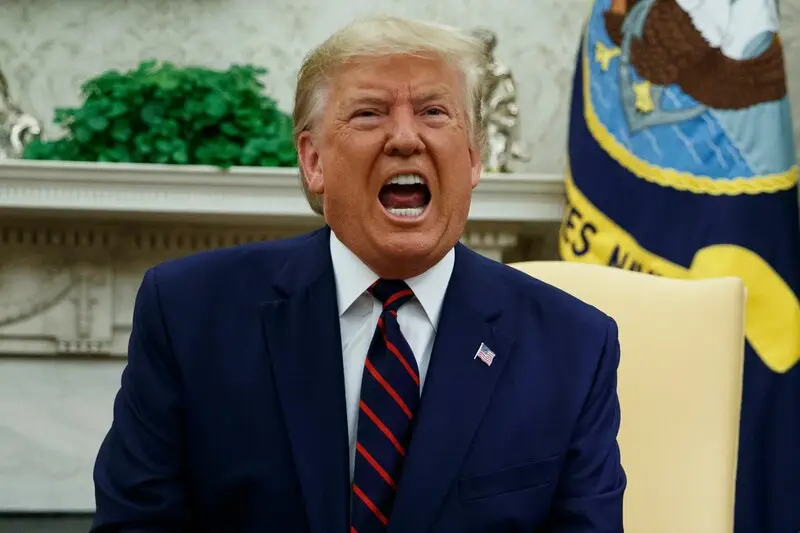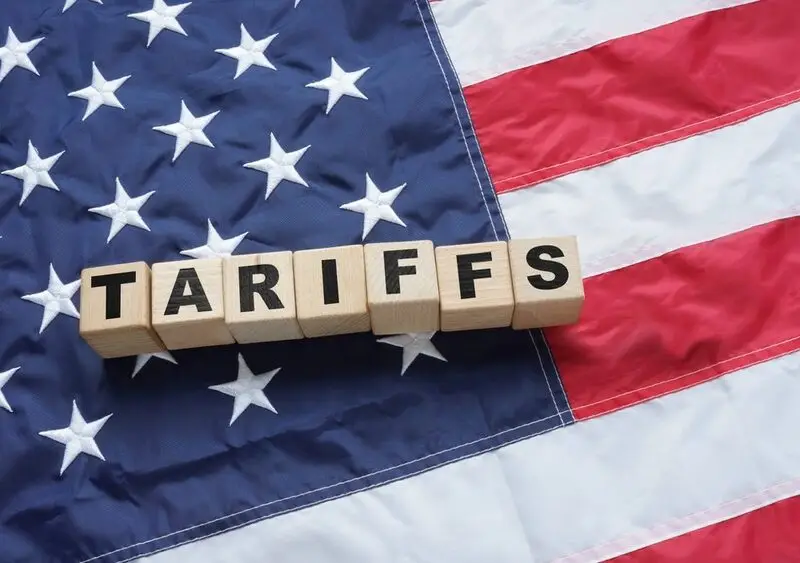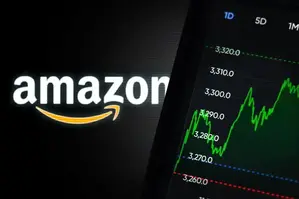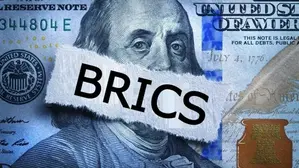The US dollar is currently facing one of its toughest battles as of yet. The currency is down 10% this year alone, hammered heavily by Trump’s trade war narratives. Adding to that, the rising de-dollarization narratives and strengthening of alternate currencies and their usage are also projecting new fears; the ones that predict the fall of the USD may continue to haunt the future. It is to be noted how Trump has often been documented vying for a weaker dollar to promote the heart of the US economy. What if everything that seems to have been falling apart is actually strengthening the core of the US economy?
Also Read: Currency News: Why Crypto, Euro & Yuan Can’t Replace the US Dollar
Trump’s Weaker Dollar Strategy: What Good Can Come Out of It?
1. To Boost US Exports and Manufacturing

Trump truly has a vision when it comes to stabilizing the US economy. His vision includes weakening the USD to strengthen US exports and manufacturing, making it easier for us traders to sell products abroad. A weaker dollar also makes exports cheaper and more competitive, making it easier for the US to streamline its earnings.
“So when we have a strong dollar, one thing happens: it sounds good. But you don’t do any tourism. You can’t sell tractors, you can’t sell trucks, you can’t sell anything,” Trump said at the White House before leaving on a trip to Scotland.
2. Trump Wants to Narrow Trade Deficits

Trump has long been openly expressing his opinions on widening trade deficits. By deliberately weakening the USD, Trump can bridge that gap by making imports costlier. This narrative can be clearly documented through his recent tariff ordeals, which are leading the US to earn billions via sanctions.
“Now it doesn’t sound good, but you make a hell of a lot more money with a weaker dollar—not a weak dollar but a weaker dollar—than you do with a strong dollar,” he said.
Also Read: Citigroup US Dollar Outlook Signals Urgent Threat from BRICS Shift






